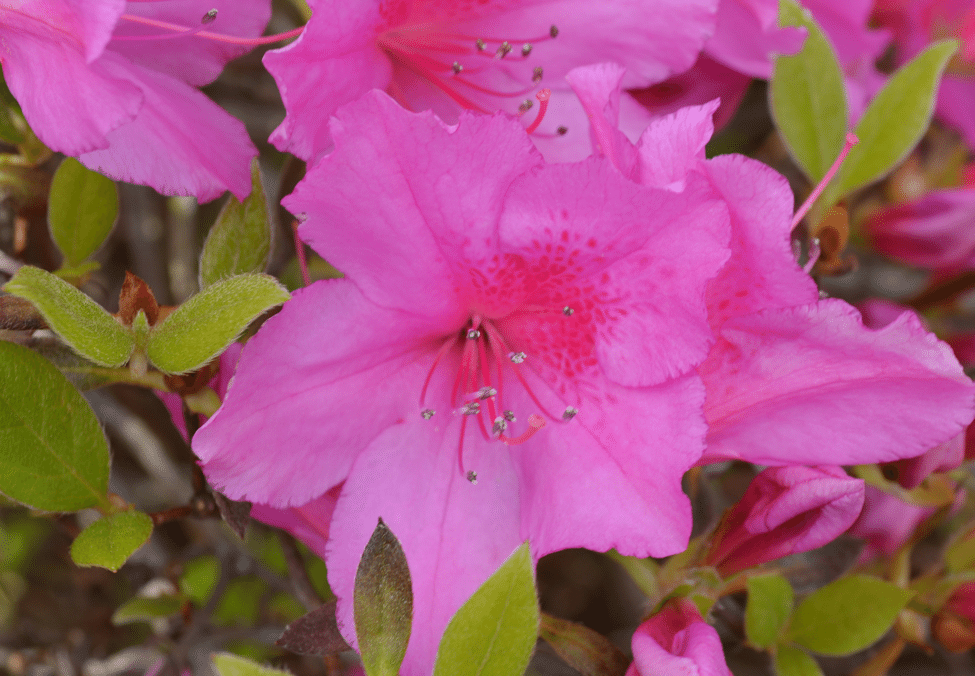Dr. Bodie Pennisi, University of Georgia Horticulture Extension Specialist, reports that the azaleas will likely still bloom, only with a few less flowers. “Many of the flower buds remained dormant during the warm spell. Keep in mind however, that the flower buds on azaleas developed last summer and any pruning done prior to the spring will potentially remove those flower buds.” The same applies to Hydrangea macrophylla (Bigleaf Hydrangea) and H. quercifolia (Oakleaf Hydrangea). Microclimates also affect cold damage, for example, overhangs, tree canopies, evergreen shrubs, and built features in the landscape often provide frost protection, buffer against radiant heat loss, and provide wind breaks. Flower buds can be inspected for cold damage by opening a bud and looking for brown or black water-soaked tissues, indicating ruptured cells.
So far, January has delivered steady cool temperatures and allowed most plants to adjust to the cold with minimal damage. Typically, it is the rapid fluctuations from warm to cold that cause issues, so we shall see what unfolds over the next few weeks.
Suggested Readings:
Westerfield, R., Lindstrom, O. PhD, (2015). UGA Extension Bulletin (C 872). “Winter Protection of Ornamental Plants.”
- Landscape Alerts & Updates | September 2019 - September 20, 2019
- Landscape Alerts & Updates | June 2019 - June 20, 2019
- Landscape Alerts and Updates | April 2019 - April 20, 2019
